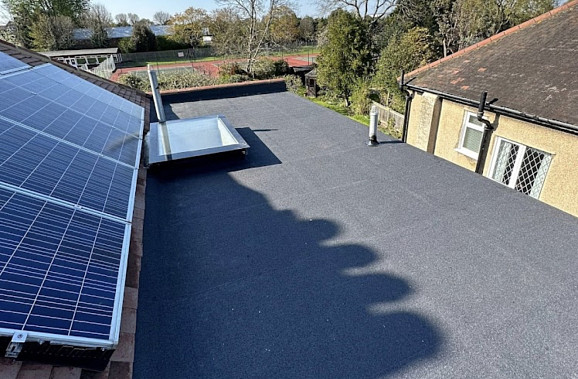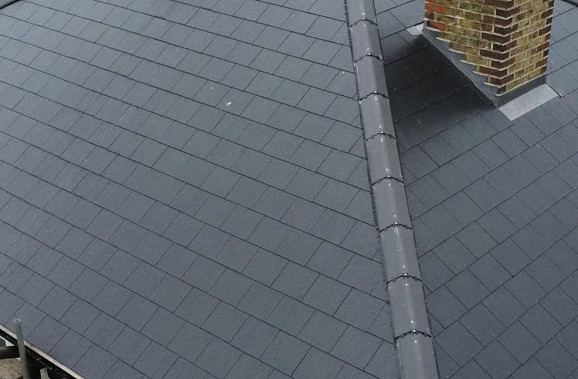This article will discuss how to maintain and keep your roof in excellent working order. As roofing experts, we will share our knowledge and experience, providing tips to help maintain your roof, good practices, and what to avoid. By taking proactive steps, you can help prolong the life of your roof, improve aesthetics, and help protect against future issues.
Many of these tasks should be carried out regularly to help maintain your roof.
Regular Inspections
As a roofing specialist, we recommend inspecting your roof at least twice a year and always after a storm. Regular inspection has many benefits, including the early detection of issues before they manifest into significant, expensive problems. Below are some core areas that you need to focus on:
- Check for cracked or missing tiles.
- Rips or general wear in roofing materials.
- Blocked or damaged gutters.
- Signs of moss or mould build-up.
- If your roof contains an attic, look for any signs of water penetration, mould or damage.
- Analyse the overall structure, are there any areas that look different?
Cleaning Gutters and Roof
It is often neglected, as cleaning is not always considered an integral part of roof maintenance. However, overlooking the cleaning of gutters and the roof can be an expensive mistake. Especially in more rural areas, leaves, twigs, and general tree debris can cause blockages very quickly, ultimately resulting in water damage. Another potential problem to look out for is pests. Pests such as birds, squirrels and rats can damage your roof by causing holes and chewing on vital materials. Birds are also notorious for blocking water outlets with their nests. Pests can also ruin the aesthetics of a roof, causing staining and smells. One of the main entry points for pests is through gaps, and sealing up and repairing potential entry points is essential.
Looking For Damages Area
Spotting damaged areas early is crucial to maintaining your roof. The main benefit is that corrective work is usually relatively minimal and straightforward if caught early. Some of the main signs that you have roof damage include:
- Cracked or missing tiles.
- Roof material on the ground directly surrounding the roof.
- Water damage, dampness, stains or a musty smell.
- Patches of moss often accompany signs of dampness.
- Areas of the roof that are lower or sagging.
- A draft is coming from the roof, indicating an exposed area.
Materials Used
The materials used for repairs and maintenance on your roof can significantly affect its lifespan and also help save you money in the long run. It is essential to use high-quality and durable materials that are weather-resistant to local conditions and require less maintenance. Often, with better quality products comes more meaningful warranties that offer increased protection. It is tempting to utilise less expensive materials. However, this usually means inferior quality that will require increased maintenance and repairs in the medium to long term. If you are using a roofing professional, stress the importance of using high-quality materials built for the local conditions.
Preparing For Winter
It is good practice to inspect your roof before winter starts; as the conditions worsen, so will the potential for damage and the inability for repairs to be carried out efficiently. You can either employ the services of a roof specialist to complete a survey or inspect yourself, making sure to follow all necessary safety aspects. Depending upon the type of roof, tasks that should be performed include:
- Cutting down overhanging trees that might cause damage before winter kicks approaches.
- Look for signs of wear that might not be capable of surviving winter.
- Clean out all the gutters and water exit outlets. If possible, test them by using a hose.
- Additional gutter guards should be added if required to help maintain its integrity.
- Clean all ventilation points, ensuring the roof is well-ventilated.
- Repoint the chimney if needed and check for any damage to the crown.
- If the wet weather has already started, look for water pooling areas.
Summary
Regular roof maintenance, including biannual inspections, gutter cleaning, and using high-quality materials, is essential for preventing leaks and prolonging your roof's life. Preparing for winter by addressing potential issues before harsh weather arrives will further ensure the integrity and durability of your roof. Contact Luke anytime at Knight's Roofing if you require further roof maintenance information or services.




